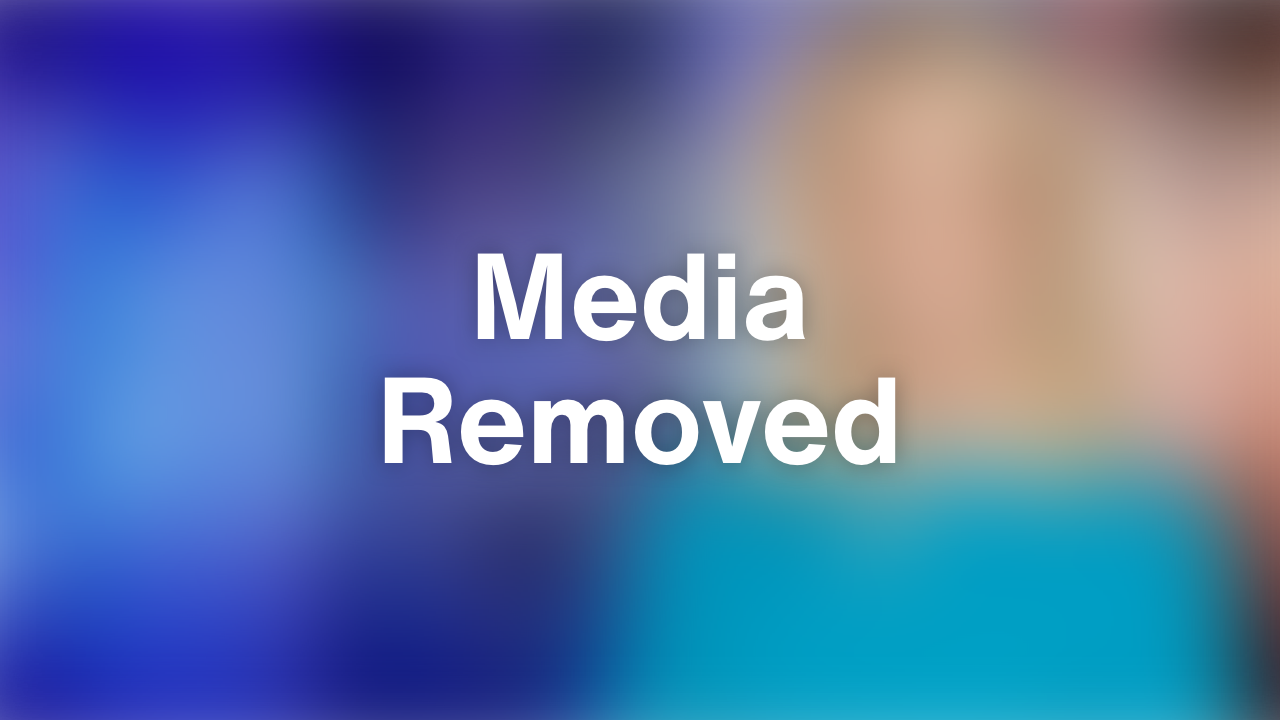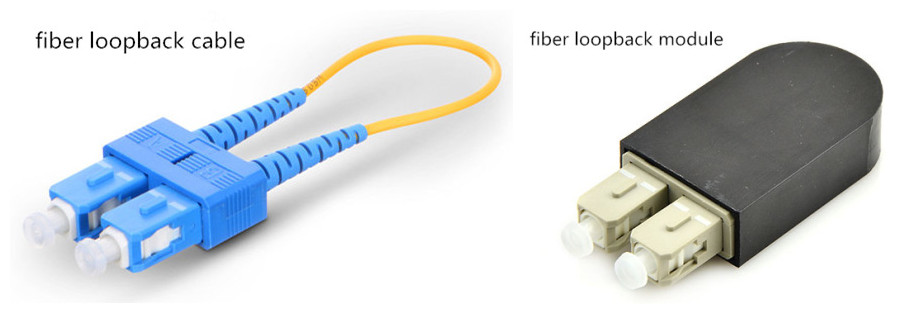

USB cables are used to connect devices - such as printers, keyboards and music players - to computers. USB hosts must have their commands answered within an allowed time frame or they will consider the commands lost - cables significantly longer than five meters would result in too much of a delay. This limit was established due to a cable delay spec of 26 nanoseconds, which allows for reflections to settle at the transmitter before the next bit is sent. USB cables allow computers to connect to peripheral devices.Ī USB cable under 2.0 specs can only be five meters (roughly 16.4 feet) long. One wire contains a path for a five volt (5V±5%) power supply two are twisted-pair data wires and one is a ground. Most USB cables that connect a device to a computer will have a Standard-A plug on one end and another type of plug on the other.Ī standard USB cable contains multiple wires. Standard-A receptacles are the type commonly referred to as USB ports on computers Standard-B receptacles are usually found on large peripheral devices such as printers and scanners Mini and micro receptacles are usually on small devices like digital cameras and cellular phones Mini-AB receptacle are, according to the standard, only on USB On-The-Go devices. These plugs go into corresponding receptacles built into hosts and devices. Connector types include Standard-A, Standard-B, Mini-B, Micro-A, Micro-B, and Micro-AB.

USB cables can be identified by the USB trident on top of the plug overmolds of type “A” and “B” connectors.Ī USB cable can have numerous types of plug ends, the style of which is called a connector. While there are multiple USB standards, cables that are fully compliant with USB 1.1 specifications will work with USB 2.0 technology and vice versa. Common hosts include computers and video game consoles.

WHAT IS A LOOPBACK CABLE SERIAL
A Universal Serial Bus (USB) Cable is primarily used to connect a USB device to a host.


 0 kommentar(er)
0 kommentar(er)
